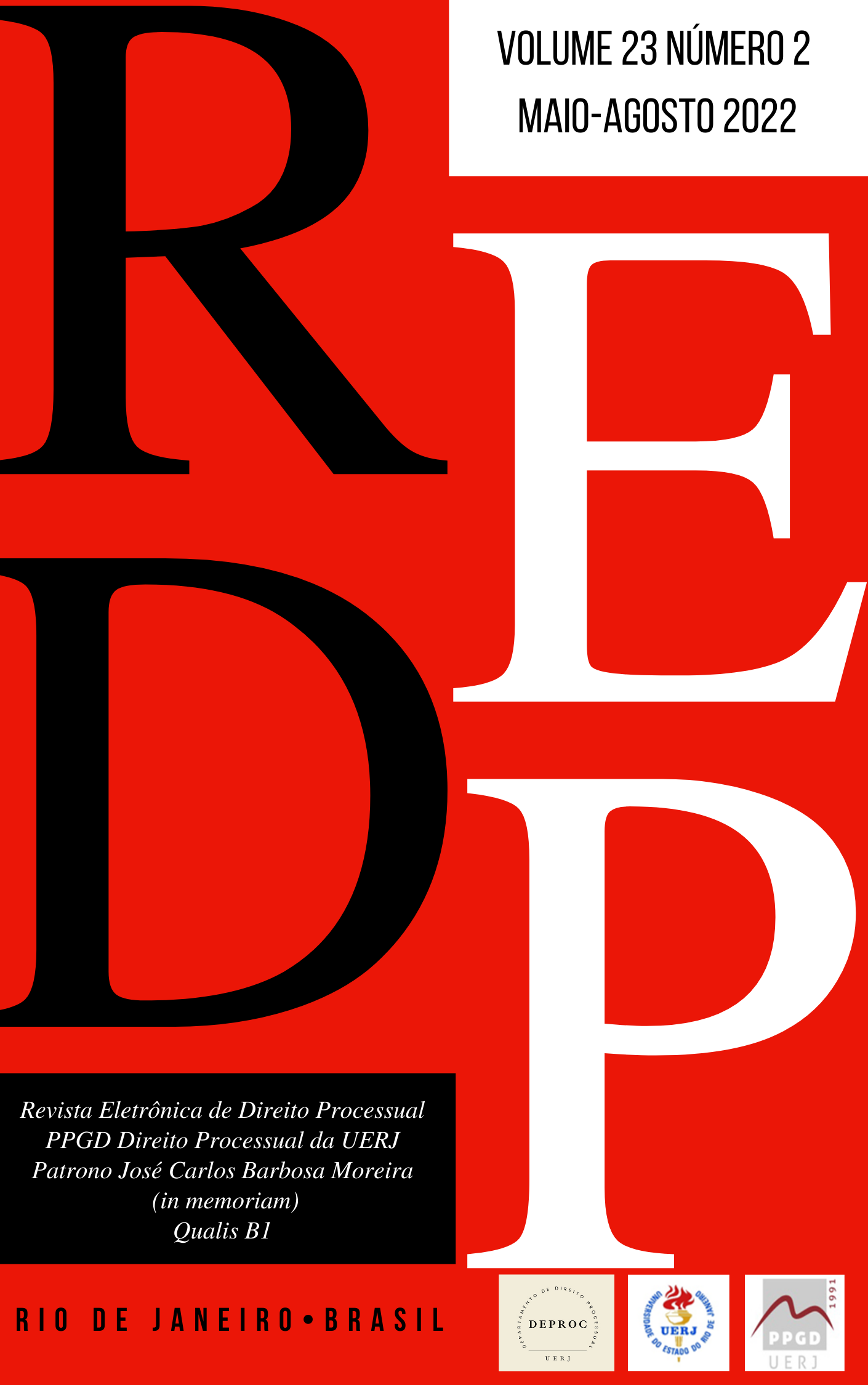THE SOUTH AMERICAN WAY: SUB-REGIONAL INTEGRATION UNDER ALBA AND UNASUR AND INTERNATIONAL DISPUTE RESOLUTION
DOI:
https://doi.org/10.12957/redp.2022.67841Keywords:
Latin America, Sub-regional integration, UNASUR, International dispute resolution, ALBAAbstract
This article describes two of the most recent sub-regional integration efforts in South America, namely ALBA and UNASUR, including the factors that have contributed to their development. The analysis offered here pays special attention to the role played by the Venezuelan government, particularly during the administration of former president Hugo Chavez, both in political and economic terms toward the rise and growth of ALBA. This article also explains how the heavy dependence on Venezuela’s support was also detrimental to ALBA for it has been negatively affected by the crisis currently faced by the Latin American country. In contrast to the case of ALBA, this article discusses the rise of UNASUR as a collective endeavor and the efforts of its members to create a regional framework that includes a novel proposal of a Centre for the Settlement of Investment Disputes. The methodology adopted is the qualitative analysis of information obtained in specific bibliography. In the final part, it is concluded that the two most recent efforts of regional integration in Latin America, represented by ALBA and UNASUR, went beyond traditional economic agreements to a more comprehensive enterprise, which addresses other social and political issues of common interest. of member states. However, in the case of ALBA, over-reliance on Venezuela's financial and political support was the driving force behind it and also the main obstacle to its development. In the case of UNASUR, the situation seems to be a little different and the structure is more stable. It will be necessary to wait for the launch of the Investment Dispute Settlement Center, which proposes to offer an alternative to the current mechanism sponsored by the World Bank to assess whether the effort was worthwhile for member states, their citizens and foreign investors doing business with these states.Downloads
Published
How to Cite
Issue
Section
License
Todos os artigos publicados na Revista Eletrônica de Direito Processual (REDP) (Departamento de Direito Processual, Universidade do Estado do Rio de Janeiro, Brasil) são licenciados por meio de uma Licença Creative Commons - Atribuição 4.0 Internacional (CC BY 4.0).
Os autores retêm os direitos autorais de seu artigo e concordam em licenciar seu trabalho com a licença CC BY 4.0, aceitando assim os termos e condições específicos desta licença disponíveis no seguinte website: https://creativecommons.org/licenses/by/4.0/legalcode.
- Os autores concedem à REDP o direito de primeira publicação, de se identificar como publicadora original do trabalho e concedem à revista uma licença de direitos não exclusivos para utilizar o trabalho das seguintes formas: Reproduzir, vender e distribuir cópias eletrônicas ou impressas do manuscrito como um todo, de partes específicas do manuscrito e de suas traduções para qualquer idioma;
- O uso do artigo por terceiros é livre, contanto que a integridade da publicação seja mantida e seus autores originais, periódico de primeira publicação e detalhes de citação sejam identificados.
Dentro dos termos da licença, os autores podem entrar em acordos contratuais adicionais separados para a distribuição não exclusiva da versão publicada do trabalho na revista.
Copyright and Licensing
All articles published in the Procedural Law Electronic Review (REDP) (Department of Procedural Law, State University of Rio de Janeiro, Brazil) are licensed under a Creative Commons License - Attribution 4.0 International (CC BY 4.0).
- Authors retain copyright to their article and agree to license their work under the CC BY 4.0 license, thereby accepting the specific terms and conditions of this license available at the following website: https://creativecommons.org/licenses/by/4.0/ legal code.
- Authors grant REDP the right of first publication, to identify itself as the original publisher of the work, and grant the journal a non-exclusive license to use the work in the following ways: Reproduce, sell and distribute electronic or printed copies of the manuscript as a whole, of specific parts of the manuscript and its translations into any language;
- Use of the article by third parties is free, as long as the integrity of the publication is maintained and its original authors, first publication journal, and citation details are identified.
Within the terms of the license, authors may enter into separate additional contractual agreements for the non-exclusive distribution of the published version of the work in the journal.





